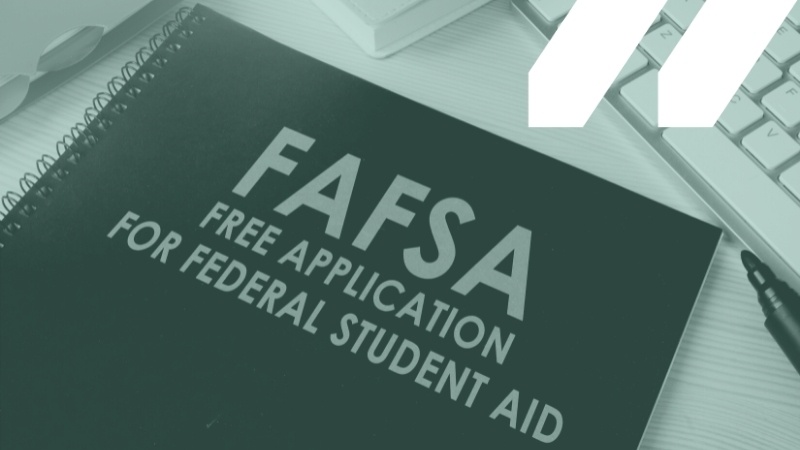
As this school year kicks off, neither the upcoming FAFSA cycle, which opens Oct. 1, nor the ongoing one, which funds students for the 2021-22 academic year, are probably front of mind for many districts and schools.
But they should be.
As of July 2, the current FAFSA cycle had nothing but bad news for students and the field. Year-over-year, there were 4.8% fewer FAFSA completions. That’s about 100,000 fewer in real terms. The completion rate for the class of 2021 decreased by about 2.5 percentage points. Had the United States kept the same FAFSA completion rate as the class of 2019 had, we’d have more than a quarter million more FAFSAs completed over the past two academic years. These data come from NCAN’s Form Your Future FAFSA Tracker, which will continue to track FAFSA completions this summer.
Not great!
It’s especially not great considering the disparate FAFSA completion declines in high schools that educate more students from low-income backgrounds and students of color.
The summer months are a great time to remind students on the fence that a postsecondary pathway is still available to them (and the Pell Grant along with other federal student aid). They are also a great time to start planning for the upcoming academic year.
Thoughtful FAFSA completion campaigns don’t come together overnight. They are the result of thinking and planning ahead, coordinating staff and community partners, and mapping out a calendar for when events and outreach will occur.
To that end, NCAN has some resources to facilitate that planning.
First, be sure to check out our free FAFSA Resource Library. There you’ll find a FAFSA planning calendar, tools for engaging external partners, information on how to build capacity, tools for actually completing the form, and more.
Beyond that, NCAN maintains a 15-month K-12 college and career readiness calendar, with a whole section on FAFSA completion activities.
This is a difficult time for districts and schools. Just as a sense of normalcy was creeping in for the upcoming year, the Delta variant of the Coronavirus is threatening to send things topsy-turvy once more. Staff are exhausted and resources are tapped out. If there’s a silver lining, it’s that funding from the American Rescue Plan can go toward college and career readiness activities and if leveraged properly can represent a cavalry of additional support.
Staff and students deserve a chance to soak in the summer sun and enjoy the last month of their vacation, that much is clear after the last year and a half. Still, the fall will be here before we know it, and with it the urgent drumbeat of helping students complete key college-going milestones like completing the FAFSA.
As the calendar flips to August, neither the upcoming FAFSA cycle, which opens October 1, nor the ongoing one, which funds students for the 2021-22 academic year, are probably front of mind for many districts and schools — but they should be.